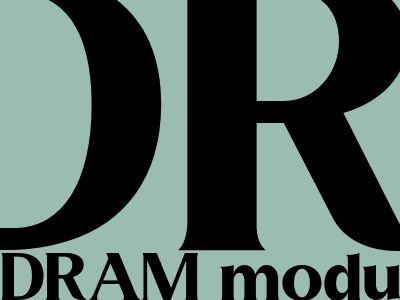
DRAM Module Revenue Takes a Hit in 2023
Industry Report Reveals a 28% Decline
The semiconductor industry has faced challenges in recent years, and the DRAM (dynamic random access memory) module market is no exception. According to a recent industry report, DRAM module revenue experienced a significant decline of 28% in 2023 compared to the previous year.
Factors Contributing to the Decline
Oversupply and Weakened Demand
One of the primary factors contributing to the revenue decline is the oversupply of DRAM modules in the market. The rapid expansion of DRAM production capacity in recent years has led to an oversupply situation, resulting in lower prices and reduced profitability for manufacturers.
Additionally, weakened demand from key market segments, such as the PC and smartphone industries, has further exacerbated the oversupply issue.
Shift Towards Value-Based Pricing
Another factor affecting DRAM module revenue is the shift towards value-based pricing. Customers are increasingly demanding higher quality and more feature-rich DRAM modules, leading to a decrease in demand for low-end and commodity products.
As a result, manufacturers have been forced to lower prices on their products to remain competitive, further eroding their profit margins.
Impact on Manufacturers
The decline in DRAM module revenue has had a significant impact on manufacturers. Many companies have reported lower profits and reduced revenue forecasts.
Some manufacturers have responded by cutting production, laying off workers, and consolidating operations in an effort to reduce costs.
Outlook for the Future
The outlook for the DRAM module market remains uncertain. While some analysts predict a gradual recovery in the future, others believe that the oversupply situation may persist for some time.
The industry is expected to continue to focus on value-based pricing and product differentiation. Manufacturers will need to adapt to the changing market dynamics and invest in innovative technologies to remain competitive.